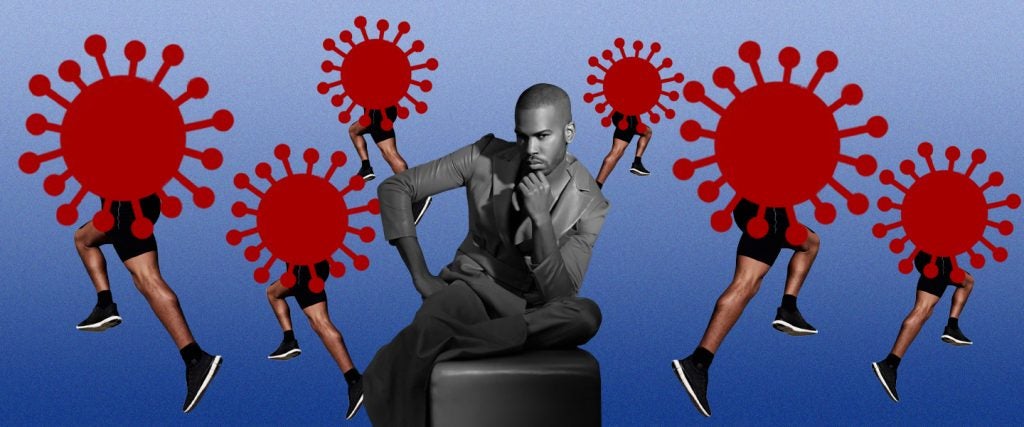For anyone who’s ever been accused of being shallow when it comes to dating, scientists may have discovered a helpful retort: You were only thinking about your health. The new study, published in Proceedings of the Royal Society B, found that “a relationship between facial attractiveness and immune function is likely to exist.”
This isn’t the first time a study has tried to establish a link between attractiveness and overall health: Past research suggests being considered attractive correlates with having fewer colds in women, better cardiovascular functioning in men and greater longevity in general. And as much as attractiveness may seem subjective, authors of the new paper note “research finds that features such as clear skin, prominent cheekbones, bright eyes and full, red lips have been deemed attractive throughout recorded human history,” as well as “a consistent preference for symmetrical and average faces.” While critics have argued that these are skewed beauty standards solely based on Western culture, the authors add that “research suggests these standards transcend age and cultural boundaries, being demonstrated in infants, as well as in those living in societies with little exposure to Western media.”
That’s not to imply that study author Summer Mengelkoch isn’t critical of this older data. “Previous work has been inconclusive, and relied upon indirect proxies of immune function (like health or longevity) as opposed to directly testing relationships between attractiveness and immune function,” Mengelkoch, a graduate researcher at Texas Christian University, writes over email, which is primarily what inspired her to check out more hot people (scientifically speaking, of course). “I wanted to conduct a critical test of this hypothesis to see if I could find evidence to support it or not.”
To do so, her team recruited 159 participants — 79 women and 80 men — who were screened to exclude individuals with obesity, chronic illness, mental illness and hormonal medication. Then these subjects had their pictures taken without any makeup on. Finally, their height and weight were recorded, as well as their blood work, along with a survey of their medical history. For the second phase, Mengelkoch and her colleagues had an additional 492 people — 259 women and 233 men — rate the overall attractiveness of the people seen in the pictures from the first phase on a scale of one to seven.
The results showed a strong link between immune function and facial attractiveness, particularly when it comes to fending off bacterial threats. Interestingly, this may be more true for attractive guys than attractive women. The data seemed to indicate that natural killer (NK) cells, which help to limit the spread of microbial infections, were positively correlated with attractiveness in men and negatively correlated with attractiveness in women.
Mengelkoch explains that this might mean that the link between attractiveness and immunity is stronger for guys, but it “also might be related to high estrogen levels being linked with both women’s attractiveness but also poor NK cell function.” Either way, overall, they found that the more attractive both men and women appeared, the better their immune systems. “Beyond suggesting that we find those with high functioning immune systems to be attractive, I found a few relationships that also suggest the possibility that we may find people who can efficiently manage bacterial threats to be attractive,” Mengelkoch adds.
In the end, she suspects the findings have more to do with evolution and natural selection than superficiality. She goes as far as to argue that “there’s nothing inherently attractive about an attractive face.” Rather, humans have deeply ingrained systems that are designed to find certain features that may be indicators of a strong immune system as more appealing. In other words, you’re not a shallow monster, but “humans now have perceptual systems designed to pick up on cues of immune function in others, and psychologies that prefer others who possess these cues,” she concludes.
So, keep swiping right on the cuties — if you’re looking to end up with a hot one, at least you know they’re probably not running a fever.

